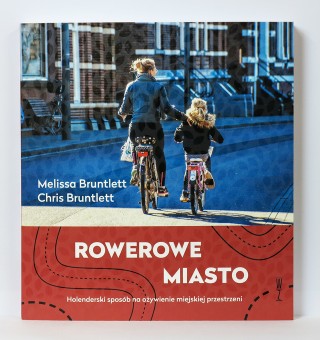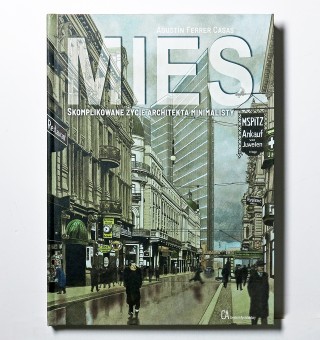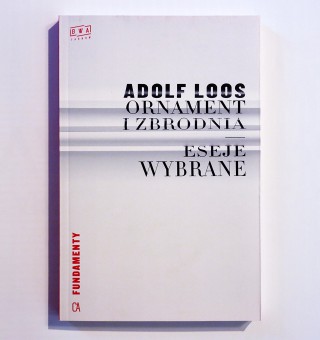The lavishly illustrated monograph presents the model housing estate, part of the WUWA (Wohnung und Werkraum Ausstellung, Living and Work Space) exhibition in Wroclaw and one of the most interesting European examples of Modern Movement in the 1920s.
In the area next to the exhibition, between the present-day Wróblewskiego, Tramwajowa, Dembowskiego, Zielonego Dębu and Kopernika Streets based on the Werkbund’s initiative in 1920 an experimental housing estate was built, funded by Siedlungsgesellschaft Breslau A.G. Eleven architects were invited to design buildings for the exhibition and given unrestrained artistic freedom: Paul Heim, Albert Kempter, Theodor Effenberger, Ludwig Moshamer, Heinrich Lauterbach, Paul Häusler, Moritz Hadda, Emil Lange, Gustav Wolf, Hans Scharoun, Adolf Rading. The principle authors of the urban planning project were Heinrich Lauterbach and Adolf Rading. Members of the Wrocław Housewives’ Association (Hausfrauenvereine) took part in designing and arranging the interiors of the WuWA houses.
The main goal was the presentation of new types of small and medium dwellings and forms of houses, and related new technologies and construction materials. The new technologies were to be tested in the tough Silesian climate. Paul Häusler, one of the authors of the housing estate, wrote: What is the goal we should pursue? Adequate sunlight, air and space inside the apartment and outside (…).
The estate comprises multi-family tenement houses of different types (staircase-access, gallery-access, high-rise, two-level apartments) and single-family houses in a terraced layout, detached, semi-detached, of a higher standard (surface area over 150m2) and effective architectural forms, united with their surrounding green areas, in accordance with the idea of the “New Man”, namely, the need of light, air and sun. Many different functional solutions and house layouts were presented.
The new buildings were open to the public for three and a half months and then they were rented by the Wrocław Housing Estate Association S.A. [PLC] (Siedlungsgesellschaft Breslau A.G.) for two years in order to test the new architecture functionally. After the exhibition had closed, the estate became an artistic quarter. The faculty members of the Academy of Fine Arts, architects, musicians and writers moved into the buildings scorned by the conservatives as „ultramodern”.

















































































































































































































































































































































